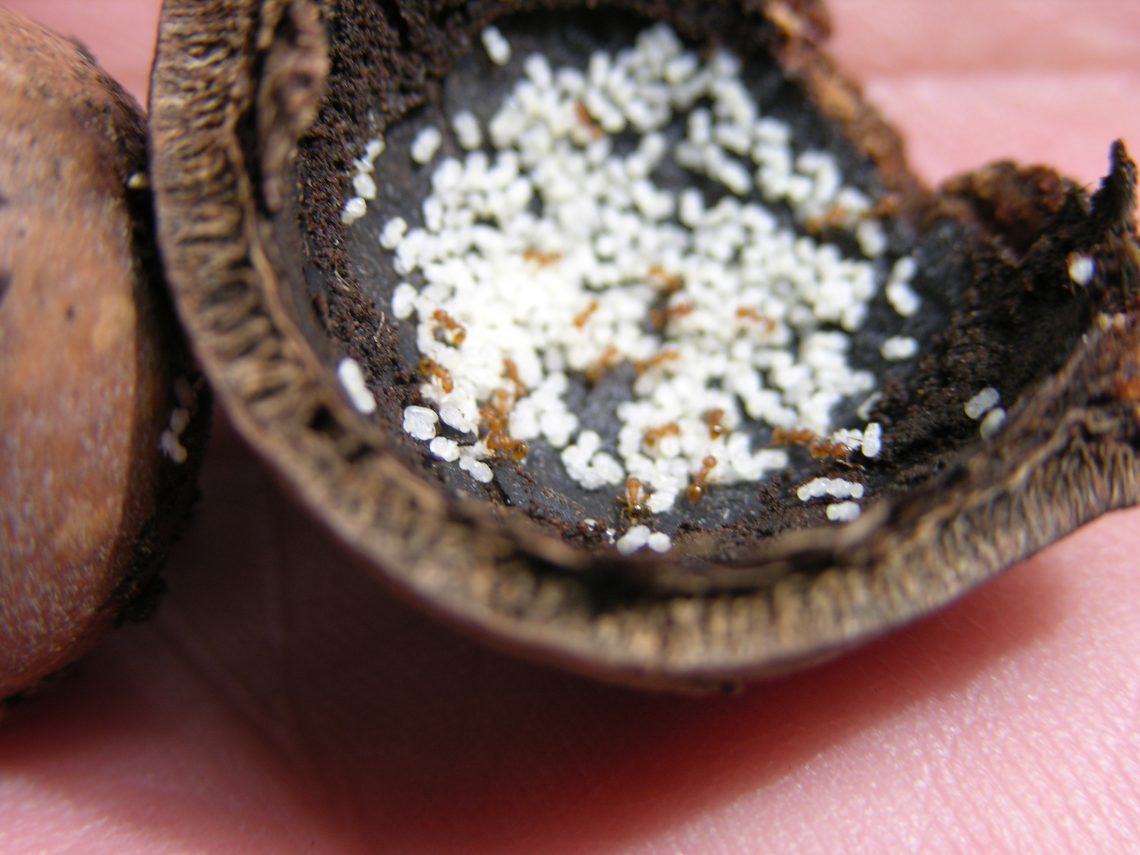Check out the video below to see Dr. Cas Vanderwoude and the “Spackler of Death,” a creative solution to solve…
Read More
wasmannia auropunctata
Residents urged to report unusual stinging fire ants
An infestation of the much-dreaded little fire ant (LFA), Wasmannia auropunctata, was discovered on a farm in Waihee, Maui, in…
Read More

